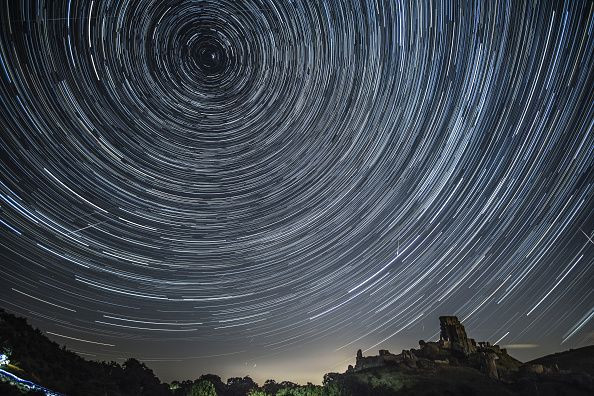Eclipse, Double Meteor Shower: July 2020 Sky Events To Watch Out For
KEY POINTS
- A penubral lunar eclipse and a double meteor shower will grace the skies this July
- Both events will be visible in the North America
- July also presents the best time to view Jupiter and Saturn
Beginning with a penumbral lunar eclipse on the Fourth of July and ending with a double meteor shower, July skies are packed with treats for sky watchers. Here are some notable sky events to watch out for in the coming month.
After the recent total solar eclipse that was not visible from North America, a penumbral lunar eclipse will grace the North American, South American and African skies between July 4 and July 5. Starting at 11:07 p.m. EDT on July 4, the eclipse will last until 1:52 a.m. EDT.
This means that if the weather conditions are favorable, places such as New York City could have a good glimpse of the sky event, especially when it reaches its climax at 12:29 a.m. EDT.
Penumbral lunar eclipses occur when the Moon passes through the Earth's partial shadow. During the event, the Moon will slightly darken but, not completely. As lunar eclipses can only happen during full moons, the event will coincide with the Buck Moon, the July full moon named by Native American tribes for the time of the year when male buck deer begin to grow new antlers.
On July 14, Jupiter will be at Opposition, which means that it will be at its closest approach to Earth. On this day, the planet will be at its brightest in the year, giving people an excellent chance to view it.
By using a telescope or binoculars, sky watchers might get the chance to see the planet's iconic bands or perhaps its largest moons, which would appear as bright dots close to the planet.
Just days later, on July 20, it will be Saturn’s turn to reach its closest approach to Earth, making this the best time to view it. In fact, although using a telescope is recommended for best viewing, Saturn will still be visible to the naked eye as it will shine much brighter than the other stars in the sky.
A fitting close for the sky events in July will happen on July 28 and 29 with a double meteor shower: the Southern Delta Aquariids and the alpha Capricornids. Both of these meteor showers are active from early- to mid-July until August and will reach their peak on the evenings of July 28 and 29.
Although the Delta Aquariids will be best viewed from the Southern Hemisphere, sky watchers in the Northern Hemisphere will also catch a glimpse of the event. The Capridornids, which is predicted to produce bright fireballs, will be equally visible in both hemispheres.
Together, these meteor showers will make for a bright ending to sky watching in July.

© Copyright IBTimes 2024. All rights reserved.






















